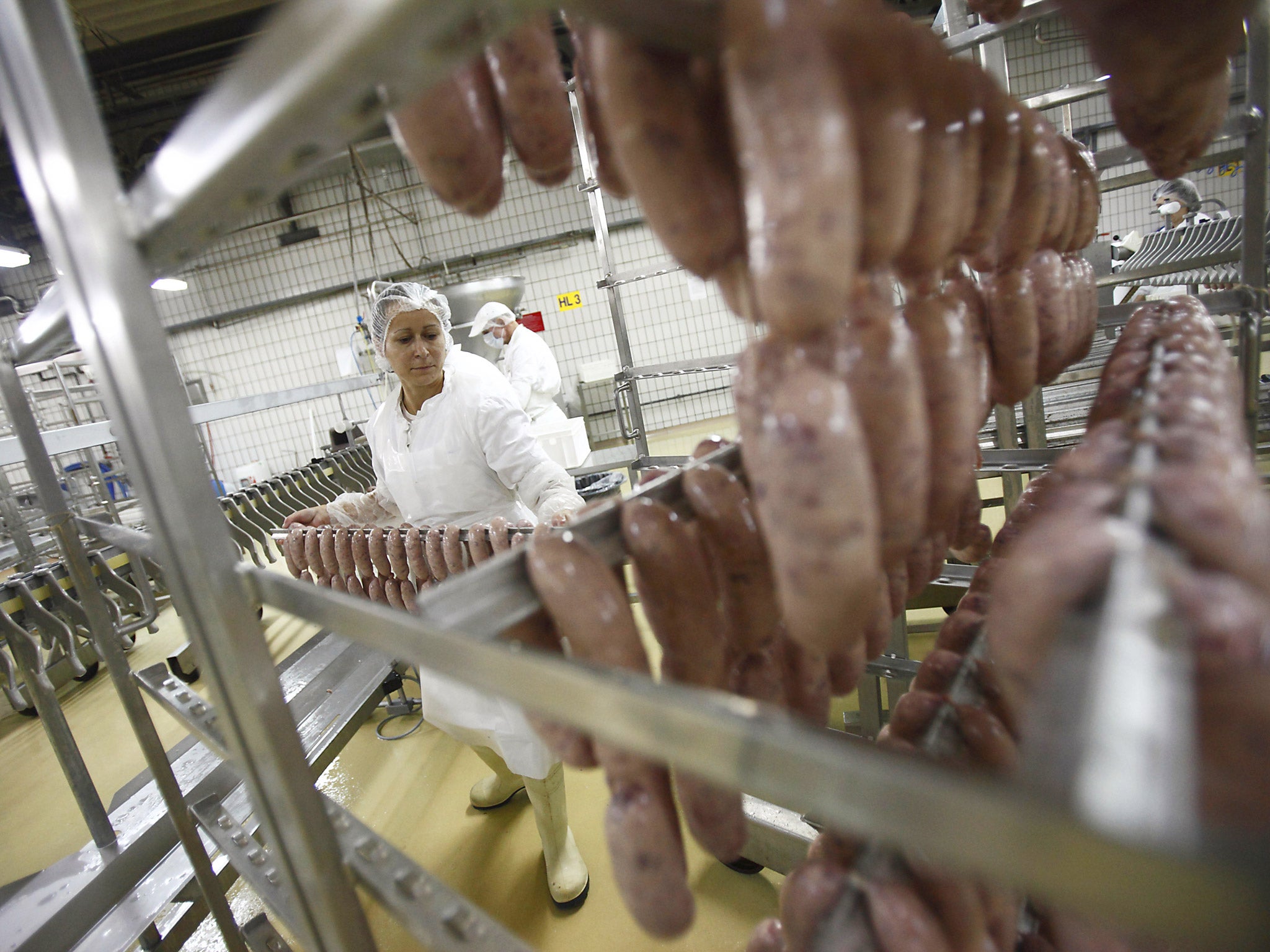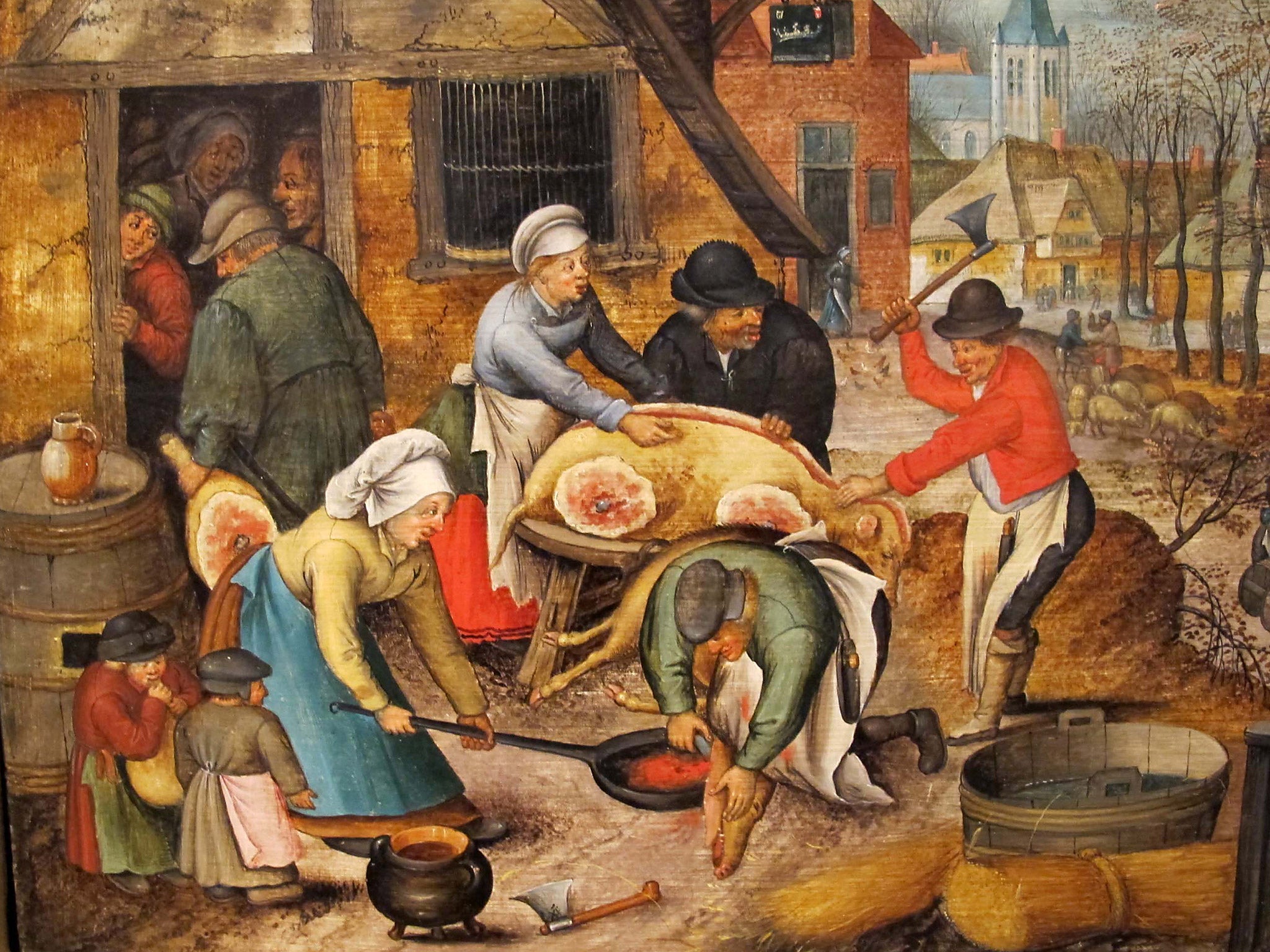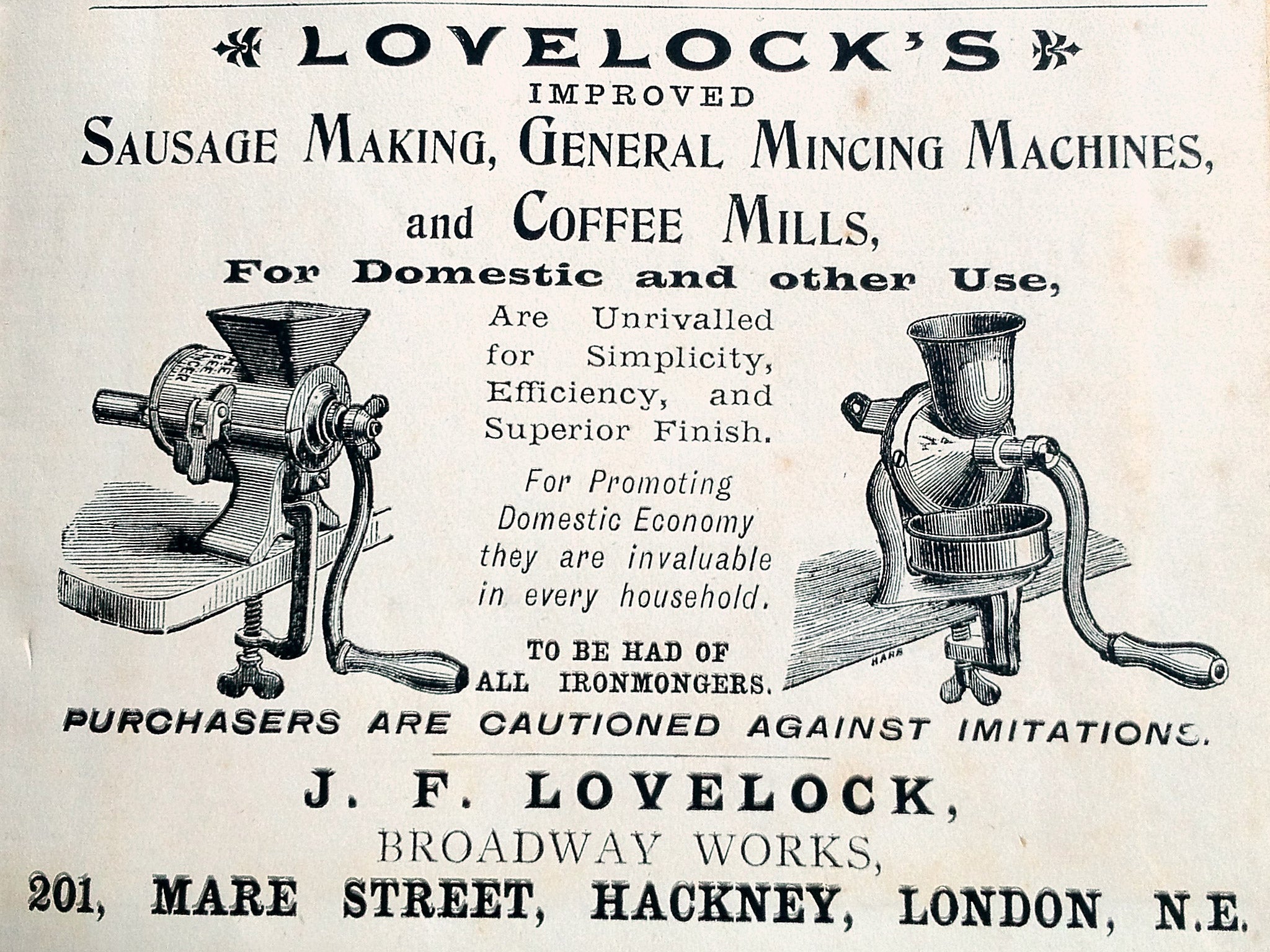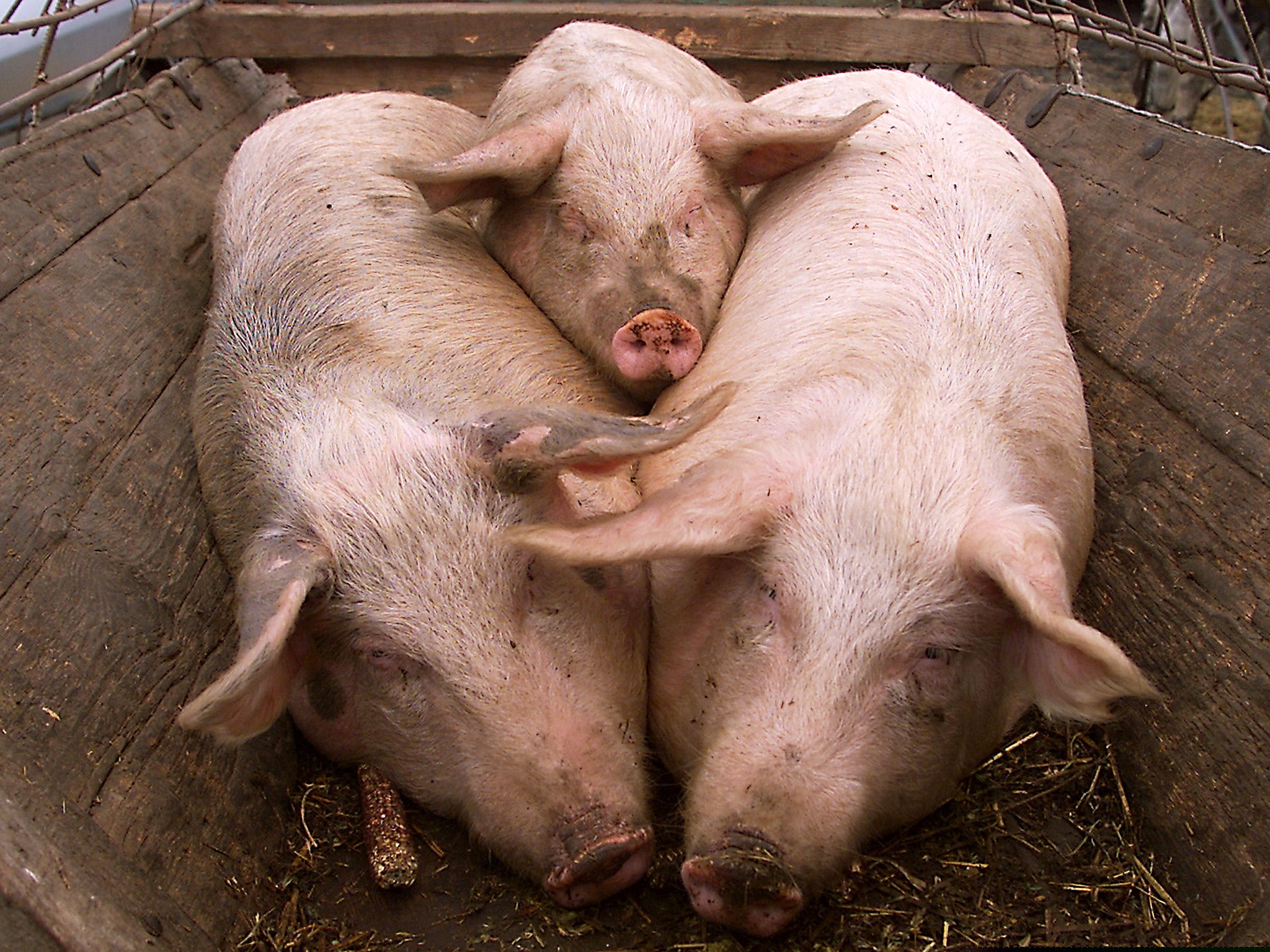How sausages made their way into our diets and conquered the world
They emerged independently in many different parts of the world because they are an exceptionally good way of using up small scraps of meat

Your support helps us to tell the story
From reproductive rights to climate change to Big Tech, The Independent is on the ground when the story is developing. Whether it's investigating the financials of Elon Musk's pro-Trump PAC or producing our latest documentary, 'The A Word', which shines a light on the American women fighting for reproductive rights, we know how important it is to parse out the facts from the messaging.
At such a critical moment in US history, we need reporters on the ground. Your donation allows us to keep sending journalists to speak to both sides of the story.
The Independent is trusted by Americans across the entire political spectrum. And unlike many other quality news outlets, we choose not to lock Americans out of our reporting and analysis with paywalls. We believe quality journalism should be available to everyone, paid for by those who can afford it.
Your support makes all the difference.Sausages are no joke. Jamie Oliver learned that lesson when he rashly included chorizo in a recipe for paella. “WTF, Jamie Oliver?” outraged Spaniards asked the Naked Chef in a Twitter storm of indignation. While the much-loved Spanish chorizo – spicy with smoked chilli pepper – is less than 500-years-old, sausages themselves have been around for thousands of years, so they deserve a bit of respect.
Homer’s epic poem The Odyssey, composed perhaps 10,000 years ago, describes luscious goat sausages glistening on a grill: “As when a man besides a great fire has filled a sausage with fat and blood and turns it this way and that and is very eager to get it quickly roasted...”
But what exactly is a sausage? Sausage expert Gary Allen notes that to be a sausage – as opposed to a ham, or some other sort of charcuterie – the meat must be chopped up. Beyond that, anything goes. The chopped-up flesh can be stuffed into a casing, or smoked, or fried, or fermented, or boiled – and still be a sausage.

Sausages emerged independently in many different parts of the world because they are an exceptionally good way of using up small scraps of meat and because they offer a means to preserve perishable flesh from rot and decay. European sausages such as the aforementioned chorizo or the Portuguese linguiça spread around the world from the 16th century, as European traders and explorers ventured ever further beyond their familiar coastlines, taking their sausage predilections with them. You can now find linguiça in India, Angola and Brazil, and chorizo in Mexico, Goa, the Philippines and East Timor.
Around the time that Homer was evoking the delights of grilled goat sausages, cooks in China were elaborating their own versions, from pork, lamb and also from goat. Commercial production using mechanised equipment dates from the 19th century, but the sausage trade goes back much farther. Greek playwright Aristophanes mocked a luckless sausage seller in his satirical play, The Knights.
Many different meats – and many different parts of the animal, from muscle to liver and blood – can be incorporated into sausages. Europeans were making sausages from donkey and horse meat in the Renaissance. Lamb was used in Muslim regions and Jewish cooks in France prepared sausages from goose meat, converting the leftovers discarded after the manufacture of foie gras into another tasty delicacy.
Fish and seafood are used in many parts of the world – and the first time I tried to buy a sujuk, or hard, spicy sausage typical of the Middle East and Balkans, in my local Turkish shop I mistakenly came away with a sweet version made with grapes.
Sausages are intensely regional – the translator of one Italian food history lamented his inability to render into English the more than 60 different Italian words that exist to describe pork and beef sausages alone. Warm, dry climates encourage the preparation of air-dried sausage varieties, while Britain’s damp climate is more conducive to fresh, cooked bangers. Seasonings also typically reflected the larger flavour complexes of local cuisine: mushrooms in Hungary, pepper in Szechuan province, harissa in Tunisian osban. These variations have led to the immense range of local sausages, which continue to be manufactured despite the global success of industrial sausages such as the hot dog.
You can’t make Thüringer Rotwurst at home, because this variety is protected as an “appellation d'origine contrôlée” by the European Union – meaning they can only be labelled such if they are made in a specific location – along with champagne and Melton Mowbray pork pies. British cookbooks often included recipes for making sausages – Susanna Pitts, of Birdingbury, in Warwickshire, wrote down a recipe for “the best sausages that ever were eat” in her handwritten 18th-century cookbook.

We may think of sausages as a plebeian food eaten first by peasants and then by the working class – but many of Europe’s most iconic sausages were probably devised to please the palates of the rich. In the 16th century, salamis, capicolli pork sausages and other preserved meats were luxuries enjoyed by city dwellers, which also provided a bit of income for farmers.
And so it is that sausages have also provoked anxiety about ethnicity, class and political belief. In the anti-immigrant ambiance of the early 20th-century US, certain types of sausage were viewed as dangerously foreign. Despite charcuterie’s elite history, sausages were part of the cultural baggage that some immigrants felt compelled to abandon in an effort to conform.
The food historian Harvey Levenstein notes that for German immigrants to the US, removing blood sausages from their diets was a step towards assimilation. Centuries earlier, luckless individuals detained by the Spanish Inquisition on suspicion of harbouring Jewish or Muslim beliefs insisted that they regularly consumed sausage, hams, and other pork products in the hope of convincing inquisitors of their impeccable Christian convictions.
In today’s Mexico, middle-class employers may be dismayed by the “unhealthy”, sausage-eating food preferences of their domestic help. Cleaners “don’t like to eat what we eat. They like to eat biscuits and sausages and now I have to buy more biscuits and sausages”, complained one such employer in the central Mexican city of Irapuato.
And in Lithuania, the first satellite state to secede from the Soviet Union in 1990, the most popular brand of sausage was called the “Soviet” much to the dismay of journalists, intellectuals and politicians, who deplored the pro-Soviet nostalgia evoked by the brand’s clever marketing strategy that featured sentimental images of young pioneers in headscarves. The brand was discontinued in 2014, causing outrage in Russia.

Sausages feature in unexpected ways in small and large histories, from Nikita Khrushchev’s impromptu meal of a hot dog in Des Moines in 1959 (“we have beaten you to the moon, but you have beaten us in sausage making” he apparently quipped) to the advice given in a 16th-century Spanish medical text that men who wished to engender intelligent, handsome boys should avoid eating sausages before having sex.
The origins of the sausage lie, then, in the very origins of human cookery yet retain currency as a barometer of cultural and political activity. Its independent emergence in different parts of the world reminds us that human creativity itself did not emerge from a single place such as the Fertile Crescent, but rather developed, alongside agriculture and pastoralism, in a variety of cultural settings.
The politics of sausages can also play out in more local settings – at my own university in 1966, Peter Lloyd, catering manager at the newly-established University of Warwick, averted a protest over the cost and quality of food in the student canteen by lowering the price of sausages by one penny. Let them eat sausages.
This article was first published on The Conversation (theconversation.com) Rebecca Earle is a professor of history at the University of Warwick
Join our commenting forum
Join thought-provoking conversations, follow other Independent readers and see their replies
Comments